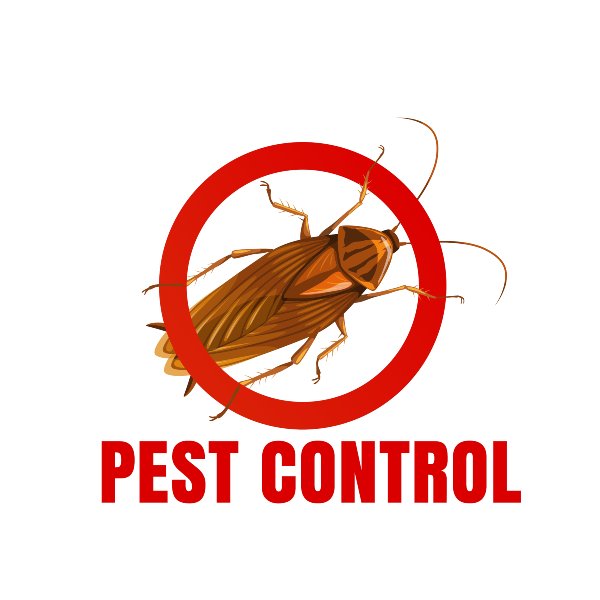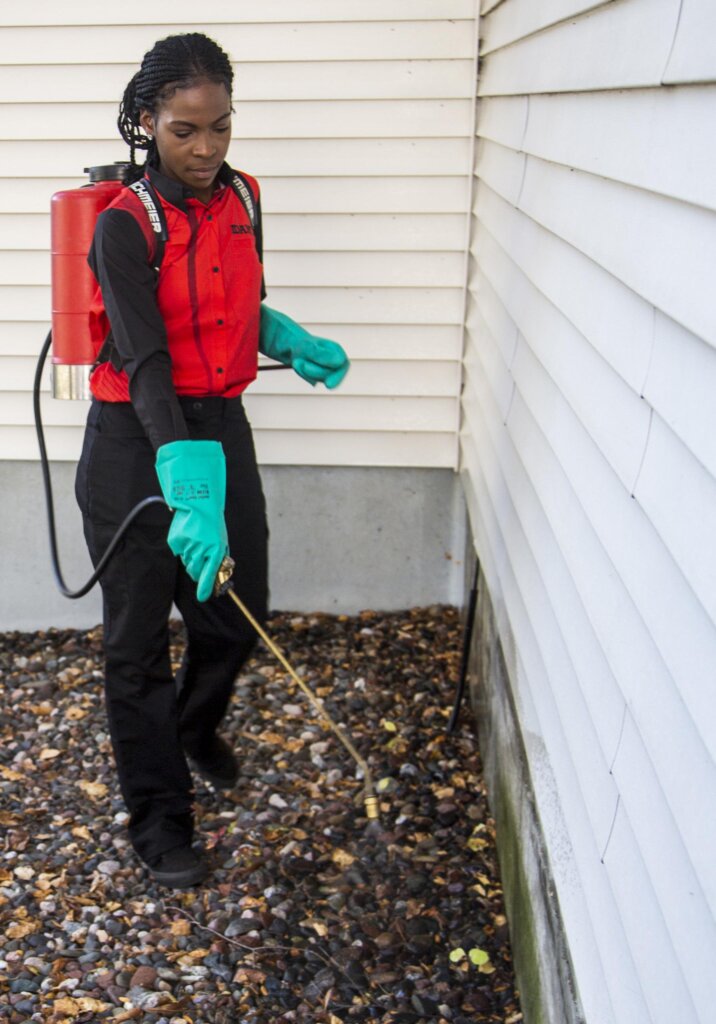Bed Bug Therapy Breakdown: Comparing Chemical Vs. Non-Chemical Solutions
In the realm of bug control, especially when dealing with the persistent problem of bed insects, the choice in between chemical and non-chemical treatment remedies can be a critical one. Both strategies provide distinctive advantages and drawbacks, influencing factors such as performance, security factors to consider, and general expense. By taking a look at the nuanced information of each technique, a clearer understanding of which course to go after in attending to a bed bug infestation can be acquired.
Effectiveness of Chemical Therapies
Chemical therapies for bed insect infestations have actually been extensively identified for their potent and fast effectiveness in getting rid of these pests. When taking into consideration the effectiveness of chemical treatments, it is vital to recognize that they can give a fast and extensive service to a bed bug problem. Specialist pest control operators usually rely on pesticides to target bed bugs at various phases of their life process, including fairies, grownups, and eggs. These chemicals commonly function by disrupting the bed insects' anxious system, leading to paralysis and eventual death.
Furthermore, chemical therapies have the advantage of providing residual impacts, meaning that they can proceed to remove bed insects also after the first application. This residual activity is especially advantageous in combating any kind of prospective re-infestations. Additionally, the quick activity of chemical treatments can bring alleviation to people dealing with severe bed bug infestations, permitting them to regain control of their space quickly.
Security Interest In Chemical Solutions
One important aspect that needs mindful factor to consider when utilizing chemical remedies for bed insect treatment is guaranteeing the security of passengers and the atmosphere. Direct exposure to particular chemicals utilized in bed pest treatments can lead to respiratory concerns, skin irritation, or other adverse responses, specifically in people with pre-existing conditions or sensitivities.
In addition, the ecological impact of chemical remedies is one more significant consideration. Some chemicals used in bed insect therapies may be harmful to beneficial pests, wildlife, and communities if they seep right into the soil or water systems. It is vital to make use of chemical treatments judiciously, complying with safety standards, and considering less poisonous choices to alleviate these risks and make certain the risk-free and reliable monitoring of bed insect invasions.
Benefits of Non-Chemical Strategies
Taking into consideration the prospective safety and security problems and environmental impact connected with chemical remedies for bed bug treatment, checking out non-chemical strategies presents an appealing alternative with numerous distinctive benefits. Non-chemical methods provide a more secure alternative for homes, particularly those with pets, kids, or individuals conscious extreme chemicals. Discover More Here These strategies remove the risks of direct exposure to hazardous materials, decreasing the capacity for unfavorable wellness results. In addition, non-chemical treatments are eco-friendly, as they do not contribute to air or water pollution, making them a sustainable choice for bug control.
Additionally, non-chemical services can be efficient in targeting bed pests, including hard-to-reach locations where chemical therapies may not pass through - A1 pest control charlotte nc bed bugs. Approaches such as warm treatment, vacuuming, steam cleansing, and mattress encasements offer complete removal without the use of damaging chemicals.
Limitations of Non-Chemical Treatments

In addition, non-chemical treatments often need several applications to accomplish successful eradication. This can be lengthy and may not always guarantee total elimination of all bed insects and their eggs, particularly in concealed or hard-to-reach places.
Furthermore, the success of non-chemical therapies heavily depends on proper application and thoroughness, which can be testing for people without specialist expertise. Inadequate application of non-chemical techniques may cause insufficient eradication, resulting in relentless infestations and the requirement for extra therapies.
As a result, while non-chemical therapies have their advantages, it is vital to recognize these restrictions and consider them when establishing one of the most reliable method for taking care of bed bug invasions.
Expense Contrast: Chemical Vs. Non-Chemical Options
Provided the constraints linked with non-chemical therapies, an important aspect to assess in the context of bed insect administration is the cost contrast between chemical and non-chemical options. In contrast, non-chemical therapies like warm therapy or steam can be extra costly, with prices ranging from $1,000 to $6,000 for an entire home. While the first cost of chemical therapies may seem lower, numerous therapies may be needed to totally eradicate the invasion, possibly raising the general expense.
Conclusion

Taking into consideration the possible safety and security problems and environmental impact connected with chemical options for bed pest therapy, discovering non-chemical techniques provides an encouraging option with several unique benefits.Provided the limitations connected with non-chemical therapies, a vital aspect to examine in the context of bed pest monitoring is the price comparison in between chemical and non-chemical options. In contrast, non-chemical therapies like warmth therapy or vapor can be much more costly, with prices ranging from $1,000 to $6,000 for an entire home. While the initial expense of chemical therapies may appear reduced, multiple therapies click here for more info may be called for to fully eradicate the problem, potentially raising the general cost.In conclusion, when contrasting chemical and non-chemical bed bug therapy options, it is important to take into consideration performance, safety and security, benefits, constraints, and price.